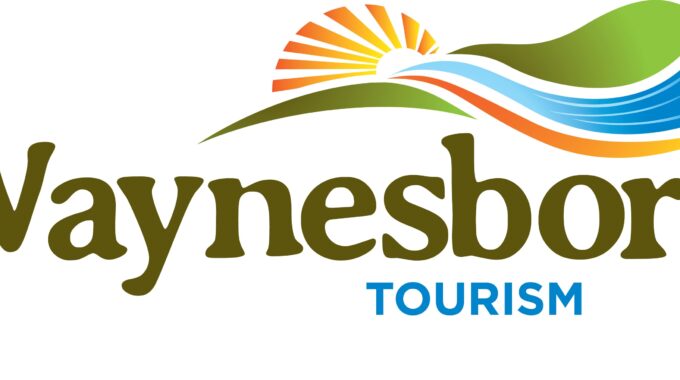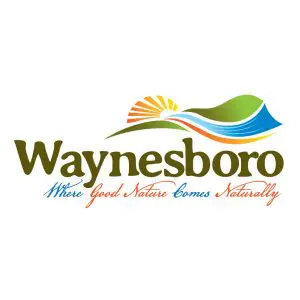Museum Trustees Vote to Move Ahead on Waynesboro Plan
Newsleader
March 1, 2014
Michael Neary
MARTINSVILLE — Trustees for the Virginia Museum of Natural History voted 10-2 Saturday morning to approve developing a master plan for a potential Waynesboro satellite branch.
Members of the museum staff and the Board of Trustees have been talking with Waynesboro officials during the past several months about the possibility of developing a satellite location.
At Saturday’s meeting, Joe Keiper reiterated a point he’d made before about the prospect of a new satellite museum in Waynesboro: the area is an unusually promising site, given its surrounding natural resources.
“Fifteen miles from downtown Waynesboro there’s a mountaintop, and there’s a species of salamander that’s found nowhere else on earth,” said Keiper, executive director for the Virginia Museum of Natural History.
Keiper estimated that the master plan for the museum will cost between about $40,000 and $50,000, and the museum wants that funding to come from Waynesboro, including official funds and community members’ donations. Half has been pledged already, he said, mentioning that Waynesboro Downtown Development Inc. offered money toward the plan.
Keiper said there was support for the project from Waynesboro city officials — and he also noted their reputation for frugality.
“For them to come around, with a reputation for being very careful with their spending, and offer up half of the dollars for this was very telling,” he said.
Missy Neff Gould, a member of the Board of Trustees, said museum officials would coordinate a fundraising effort for the rest of the money for the master plan — but she said it was important for the money to come from the local community.
After the meeting she pointed out that most of the funding for the Virginia Museum of Natural History came from the Martinsville community and the surrounding area.
“We want to make sure that if we end up moving forward with the facility in Waynesboro that their local community can demonstrate a similar level of support,” she said. “We felt that a good gauge for that would be to have that other half of the money be raised from philanthropic efforts in the Waynesboro community.”
Janet Scheid, a member of the Board of Trustees who chaired a committee to examine the Waynesboro prospect, also noted the importance of tapping financial support from the community. During the meeting she called raising the remaining funds for the master plan a “good test case” of community financial support.
One of the board members who voted against moving forward was Lee Lester. After the meeting, she said that she’d had contact with people in the Waynesboro area through The Lester Group, which works with properties in Staunton. She questioned the community’s financial ability to maintain the museum. “I wonder how they can support this facility,” she said.
Trustee Brandon B. Level voted to move forward.
“I look at it from a risk standpoint,” he said. “At this stage, the risk seems low, which gives me comfort. It still provides us with the opportunity to reconsider once we have more information.”
He said creating a satellite could create opportunities for more jobs and for more education.
At the meeting, Keiper said that about 300,000 people pass through the south entry of the Shenandoah Park near Waynesboro. “About 13½ percent of those visitors want some kind of interpretive facility,” he said, citing surveys conducted in the area. Ultimately, Keiper said, building a satellite museum may cost as much as $10 million, but he said it may also cost significantly less than that, “depending upon what the master plan tells us.”
He said the master plan may be completed by the end of the year.
Greg Hitchin, Waynesboro’s director of economic development, told The News Leader a few months ago that he was enthusiastic about prospects for a museum satellite. “Having that museum here … would create a nice complement for someone wanting to visit the area,” he said.


